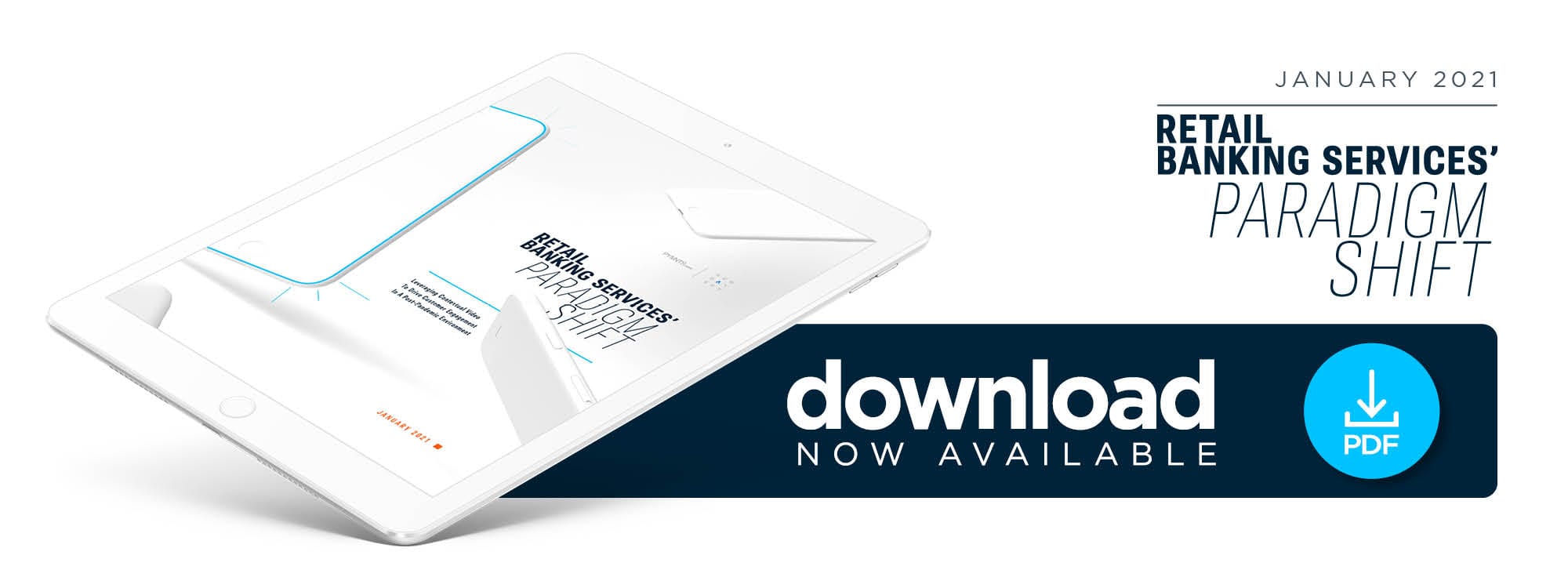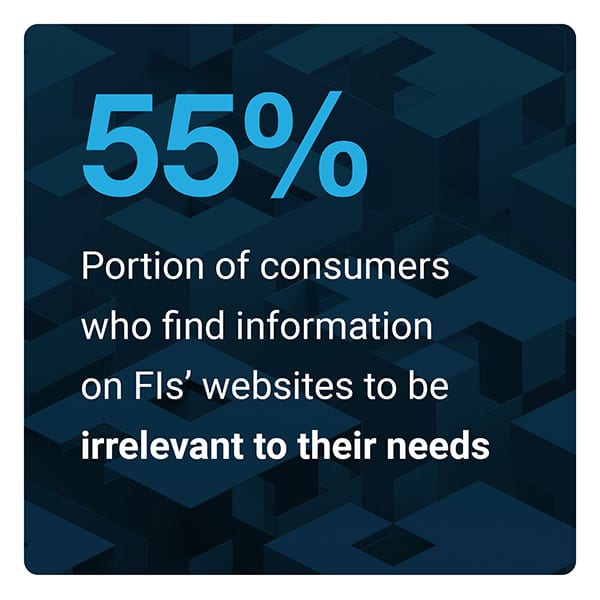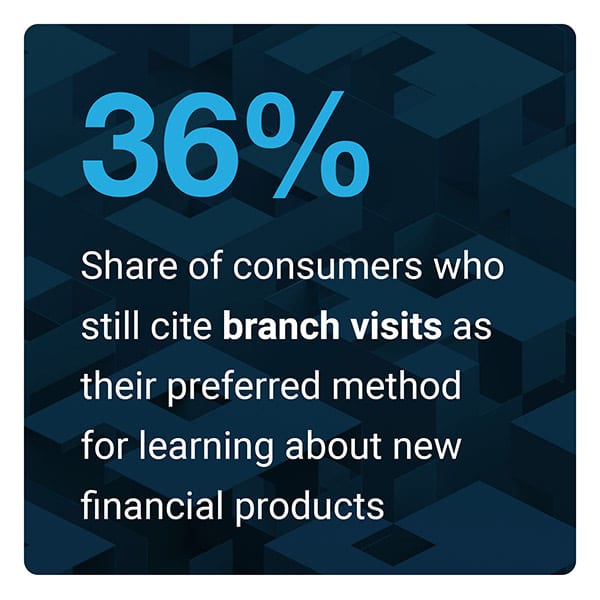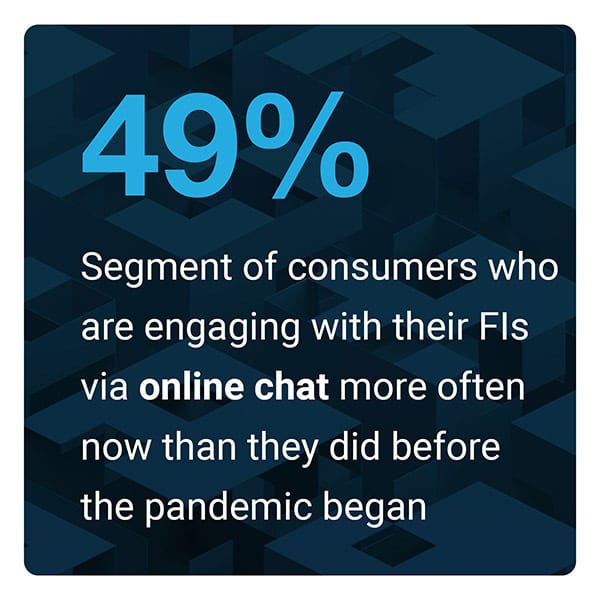NEW DATA: Relevance Test: Majority Of Consumers Find Bank Web Content Lacking

 Since the onset of the pandemic, banking activities like opening new accounts and applying for loans are now being done virtually to socially distance and help curb the spread of the virus. This means consumers are turning more to digital tools, but unlocking and embracing the potential benefits of these
Since the onset of the pandemic, banking activities like opening new accounts and applying for loans are now being done virtually to socially distance and help curb the spread of the virus. This means consumers are turning more to digital tools, but unlocking and embracing the potential benefits of these  tools has not been easy.
tools has not been easy.
More than half of consumers find it difficult to locate relevant information on their banks’ websites, for example, a problem that led many to seek assistance in physical branches. Restrictions on in-branch interaction are now causing financial institutions (FIs) to better engage with consumers and offer personalized banking experiences with mobile apps, online chat and contextual video content.
In Retail Banking Services’ Paradigm Shift: Leveraging Contextual Video To Drive Customer Engagement In A Post-Pandemic Environment, PYMNTS in collaboration with SundaySky recently surveyed a census-balanced panel of 2,209 consumers to map the shift in how consumers are engaging with their FIs when it comes to accessing information about various products and services. Our research also examines the changes to this engagement since the onset of the pandemic.
 Digital channels are now commonly being used by consumers as another alternative to in-person interactions for accessing useful information. This suggests that consumers use them more than they would like, or may have expected to, during the pandemic. Forty-two percent of respondents report using mobile apps as their main source for financial education, and 36 percent report using social media to learn about financial products. Mobile apps are particularly popular among Gen Z consumers, with nearly half using them to learn about financial products. Rich media content such as on-demand video, meanwhile, is an appealing tool for accessing relevant, targeted information for nearly half of consumers. One-third are very interested in using it for learning purposes, as well.
Digital channels are now commonly being used by consumers as another alternative to in-person interactions for accessing useful information. This suggests that consumers use them more than they would like, or may have expected to, during the pandemic. Forty-two percent of respondents report using mobile apps as their main source for financial education, and 36 percent report using social media to learn about financial products. Mobile apps are particularly popular among Gen Z consumers, with nearly half using them to learn about financial products. Rich media content such as on-demand video, meanwhile, is an appealing tool for accessing relevant, targeted information for nearly half of consumers. One-third are very interested in using it for learning purposes, as well.
 Our findings also indicate FIs that offer innovative options such as interactive and contextually relevant video content stand to improve engagement and customer experiences, especially among younger generations like bridge millennials and millennials. The research further demonstrates that a significant share of consumers’ loyalty to their banks hinges on being able to access such options.
Our findings also indicate FIs that offer innovative options such as interactive and contextually relevant video content stand to improve engagement and customer experiences, especially among younger generations like bridge millennials and millennials. The research further demonstrates that a significant share of consumers’ loyalty to their banks hinges on being able to access such options.
To learn how financial services firms are leveraging digital tools such as contextual video to engage with customers, download the report.